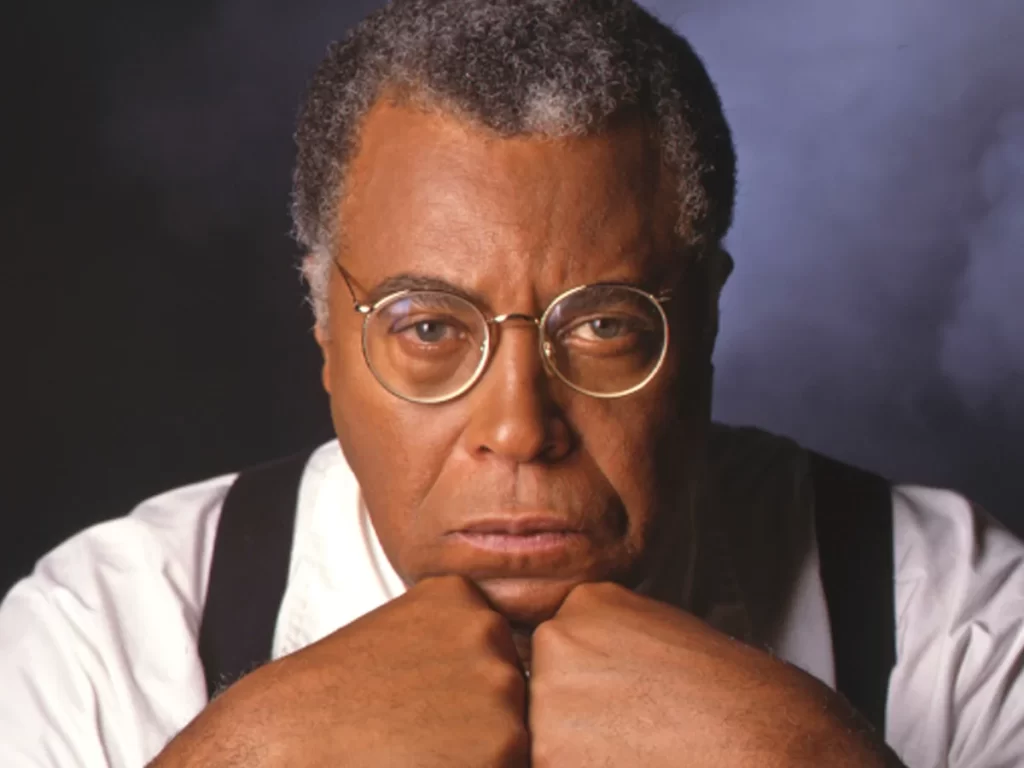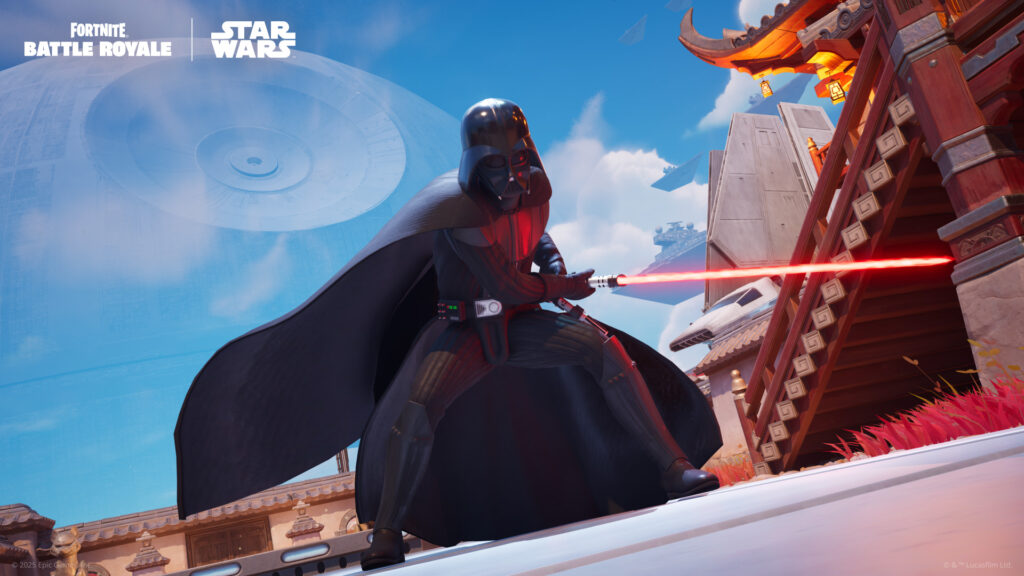By Jacob Flynn • Published June 2025
In May 2025, Epic Games launched one of the most ambitious artificial intelligence projects in the gaming world when players would not only be able to fight Darth Vader in Fortnite, but for the first time ever, speak to the Sith Lord—and have him respond.
Darth Vader’s voice, represented by James Earl Jones, was artificially recreated to such an extent that nostalgia, progression, and ethical implications of how far entertainment can go and should go became blurred.

However, is something like this even okay? Should a deceased man’s voice be allowed to be used even if he gave permission? Is it even okay for the human element of acting be taken away?
The Technology Behind Vader’s Voice
But how did this happen?
Epic Games solicited the assistance of several top AI companies to make this a reality.
The goal was to create an in-game version of Darth Vader that could not only be the character and let people fight against him, but also talk to him, in real time.
With a voice so seamless, players would not know whether they were talking to a digital version of James Earl Jones or a real person.

A Voice with Permission
However, like many projects created with AI involvement, this was not done without permission or behind hidden doors. James Earl Jones officially exited from voicing Darth Vader in 2022 and relinquished rights for Lucasfilm to use his vocal image. Thus, this venture ensured that the AI vocal work remained true to his initial performance.
Controversies and AI Misuse
However, the addition was met with controversy shortly after launching. Players began testing the limits of AI, trying to get Vader to say inappropriate and disgusting things. This forced Epic Games to establish filters and restrict replies to avoid such trickery.
This renewed debates between voice actors as well. The use of AI to mimic performances, even when done legally and with consent, has drawn concerns from some actors and unions, such as SAG-AFTRA.
A lot of people are worried about the long-term effects of using artificial actors in place of real ones.
Disney has had a history of bringing back actors using AI and CGI, whether that be back from the dead or de-aging them. It most commonly occurring within the Star Wars franchise.
They’ve done it in the popular Disney+ series, “The Mandalorian ,” and it’s own spin off show “The Book of Boba Fett.”
Both shows feature a younger version of Mark Hamil’s character Luke Skywalker, using a combination of computer graphics, a body double, and an AI voice to recreate how Hamil sounded when he was younger.
What This Means for Media
AI capabilities have far-reaching effects that extend beyond this particular Fortnite event.
In our future, non-player characters (NPCs) in video games could be able to recall your previous actions, have meaningful conversations, and speak in full voice — all without requiring a human actor to record each interaction.
This experiment may lead to the development of AI-powered, enduring characters in popular franchises, especially in Epic’s developing metaverse concept. This kind of AI provides a degree of interaction that was previously only possible in terms of immersion and personalization.
Fans recognize this technological advancement, but there are still many unresolved issues. When actors’ voices are reused by AI, how should they be paid? Is it vital for studios to reveal when a voice is artificial? And how can we guarantee responsible use of this technology?
Actors are the core of these stories; they take what is put on the page and bring it to life. Without someone like James Earl Jones, there is no Darth Vader, and without Mark Hamill, there is no Luke Skywalker.
AI takes away not that human element of stories but takes away jobs and opportunities from people everywhere.
